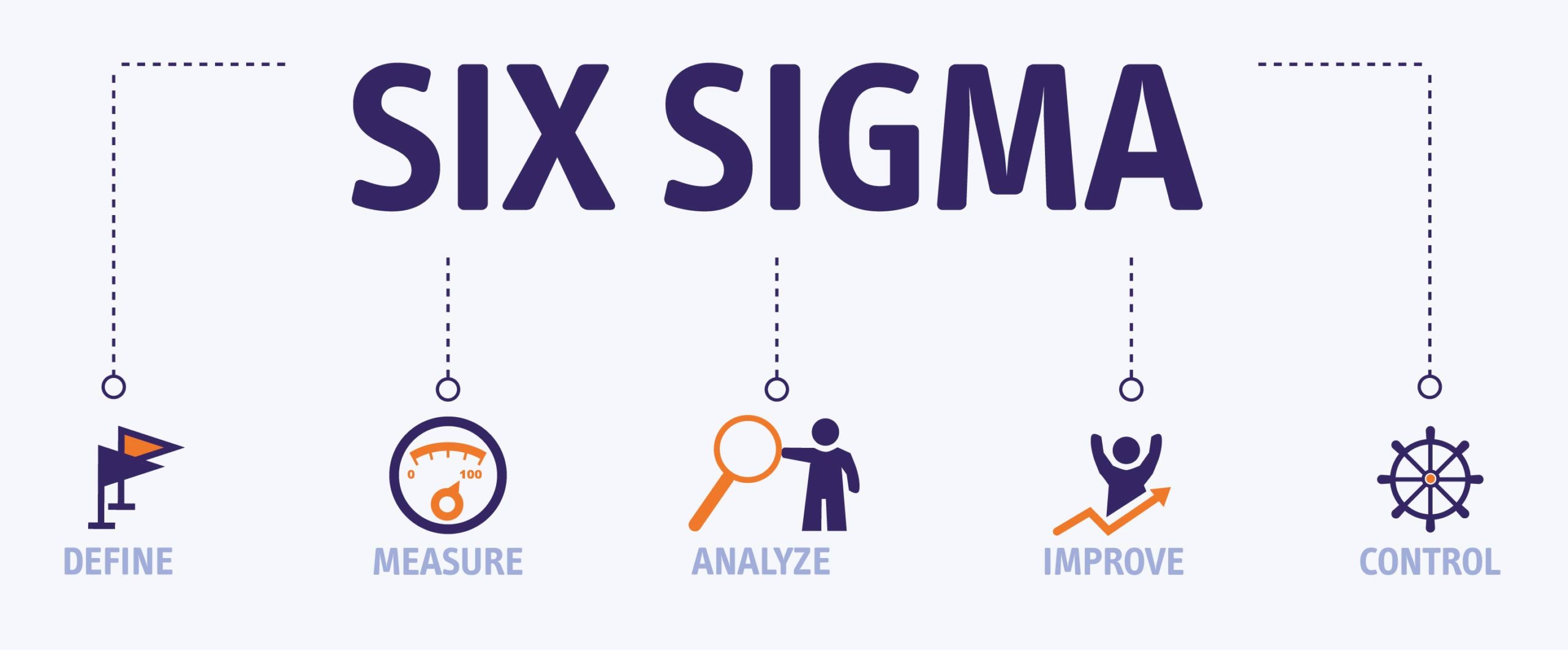
The Lean Strategy
Lean is a team-focused managerial approach that aims to improve the team’s processes. It improves performance by eliminating waste and reducing errors, allowing organizations to achieve their goals as quickly and efficiently as possible. Under a Lean system, any resources that don’t bring value to the company or end-user are considered waste and should be eliminated.
The strategies of Lean are as follows1:
- Specify the value from the standpoint of the end customer by product family
- Identify all the steps in the value stream for each product family, eliminating, whenever possible, those steps that do not create value
- Make the value-creating steps occur in tight sequence so the product will flow smoothly toward the customer
- As flow is introduced, let customers pull value from the next upstream activity
- As value is specified, value streams are identified, wasted steps are removed, and flow and pull are introduced; repeat this process and continue it until a state of perfection is reached in which perfect value is created with no waste
As these principles have been around for a long time, many labs have already documented their implementation. Here, we’ll review some of the more relevant cases of Lean usage during the pandemic and where it may prove particularly valuable in the face of shortages in reagents, consumables, and labor.
COVID-19 testing
A group at UCLA led by Dr. Valerie Arboleda decided to implement Lean principles to improve the efficiency of a COVID-19 testing platform, SwabSeq. In contrast to RT-qPCR methods of detecting the virus, SwabSeq uses barcoded primers to amplify viral DNA, then pools the barcoded fragments and utilizes next-generation sequencing to identify the presence of SARS-CoV-2. This system is more flexible and scalable than most COVID-19 testing platforms, allowing the core facilities of universities and other institutions to integrate these protocols into existing infrastructure. The purpose of SwabSeq is ultimately to alleviate some pressure from an already strained healthcare system by providing a means for rapid deployment of mass testing protocols.2
This type of system requires smooth and efficient operation to reach such lofty goals. This is where the authors decided to apply Lean principles in conjunction with six sigma (a methodology to improve process quality and eliminate defects) to optimize workflow. Some critical areas that were identified include distinguishing between fixed-time processes that are value-adding and nonvalue-adding, matching the location of given sample tubes to PCR testing plates using barcode labels to avoid misidentification errors, assigning specific roles to personnel to verify that quality system cross-checks are completed during each step of testing, and the establishment of quality control (QC) variances to identify errors and minimize their recurrence. By addressing these issues, they reduced total turnaround time (from accession to result) by an hour while also minimizing potential errors.2
Mass vaccination
Mass vaccination sites have been crucial to mitigating the damage of the COVID-19 pandemic. Unfortunately, they haven’t always been run efficiently. One group decided to implement Lean principles in a community vaccination center in northern England, which had previously had issues with their National Booking Service (NBS). Once the center opened, there were often long wait times and queues, leading many to voice their dissatisfaction to the staff and on social media.3
Their model to improve turnaround time distinguished between value and nonvalue using client feedback, bottlenecks, and queues to map a client journey pathway whose flow could be modified to improve flow and pull. They found that effective use of multidisciplinary teams, who could allocate tasks to the most appropriate team member, were drivers of improved flow. They also saw that incrementally small changes could enhance flow and testing capacity, and client experience when combined and tested. Finally, because these centers are, by nature, temporary, they found it was easy to reconfigure the center and test new layouts to improve flow.3
In the last two years, COVID-19 testing and vaccine efforts have taken a massive share of the world’s resources. With the emergence of new variants, the pandemic is likely to persist for several more months, if not years. Therefore, it is reasonable to expect that diagnostic and manufacturing facilities, as well as care providers, learn to prioritize optimization of their processes using methods such as Lean to increase the likelihood that patients will be able to receive proper care, for now, and many years down the road.
LabTAG by GA International is a leading manufacturer of high-performance specialty labels and a supplier of identification solutions used in research and medical labs as well as healthcare institutions.
References:
- Womack, James P. Lean Thinking: Banish Waste and Create Wealth in Your Corporation. New York, NY: Simon & Schuster, 1996.
- Jones J et al. Lean Principles to Improve Quality in High-Throughput COVID-19 Testing Using SwabSeq: A Barcoded Sequencing-Based Testing Platform. Lab Med. 2022;53(1):e8-e13.
- Smith IM et al. Mass production methods for mass vaccination: improving flow and operational performance in a COVID-19 mass vaccination centre using Lean. BMJ Open Qual. 2021;10(3):e001525.